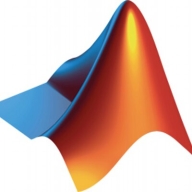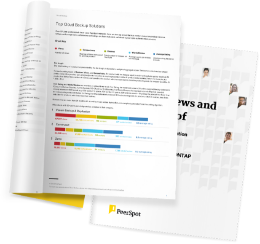If someone is already using Squish as a regression tool, froglogic Coco Code Coverage can be a very handy add-on to that. If somebody is already having some mechanism to write their unit test cases, froglogic Coco Code Coverage can be a very good tool for giving the code coverage. The solution overall is still in development, they need to polish a few things moving forward. I rate froglogic Coco Code Coverage a seven out of ten.




